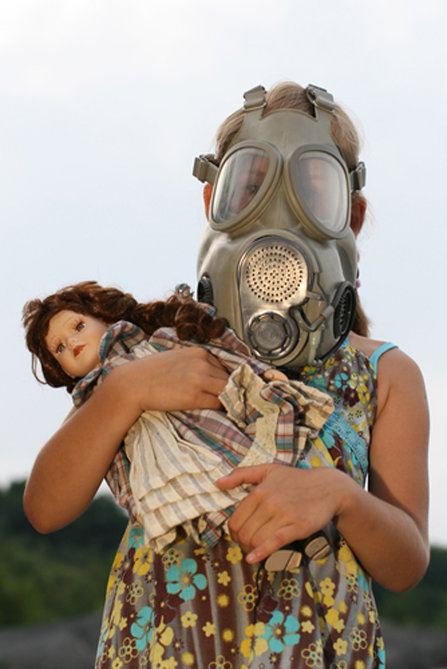Most Common Age of Meth Burn Victims is Under 4 Years Old

Recently, I read an online article written by Mother Jones magazine, which highlighted the stark and grim reality of our current meth addiction crisis. Most of what I read was shocking, yet, what really captured my attention was a single fact—the most common age of meth burn victims is 4 years old and younger.
You see, it takes about 15 minutes to “shake and bake” a batch of meth in a plastic bottle. Without warning the bottle sometimes explodes, badly burning anyone that the chemical might touch, with the most common victims happening to be children under the age of four years old.
Tragically, according to the HuffPost, most of the meth burn victims don’t have insurance and with the average cost of treating a burn victim hovering around $230,000, it should come as no surprise why your next hospital bill may be outrageously expensive.
I know it’s easy to blame the meth addict for children getting burned and medical expenses going up but first, we need to understand that this cycle didn’t start with the meth addict. Instead, let us consider that big pharmaceutical companies and drug distribution companies are pushing these drugs into every corner of the United States. They know just how addictive Pseudoephedrine happens to be. Yet, with the pseudoephedrine market making an estimated 20 billion dollars a year, you can clearly understand why out of the 22 states that considered prescription-only laws, we had only two states that actually followed through with passing the law. For example, Oregon passed the law and as a result, has seen a 96% drop in meth use since the law was passed in 2006.
What Meth Does
Most of the evidence indicates that chronic use of methamphetamine can result in brain damage that occurs via neuronal death. A neuron is a specialized cell transmitting nerve impulses. According to the American Addiction Centers neuronal death occurs in a number of areas of the brain as a result of meth abuse that includes but are not limited to:
- The hippocampus: A crucial structure for the ability to remember and learn new information.
- The striatum: A structure in the subcortical areas of the brain that is crucial in movement and certain aspects of directed attention.
- The parietal cortex: A structure that is involved in being able to visualize objects in space and in the memory of the nonverbal material.
- The frontal and prefrontal cortex: Areas of the brain that are crucial in human cognition, particularly in reasoning, complex attention, problem-solving, and the inhibition of behaviors that might be damaging.
- A number of subcortical structures: Including the basal ganglia, the reward center, the limbic system, and others.
- The cerebellum: It controls various aspects of movement and is involved in a number of cognitive functions.
Addiction Recovery
Getting meth away from babies and children starts by getting meth addicts away from their addiction.
Much of the brain damage caused by meth is chemical, rather than structural. Our drug-free withdrawal unit and New Life Detox will help the addict regain their sense of self-control as well as help them rid the body of the harmful chemicals that often cause them to relapse. If you or someone you know is suffering from drug or alcohol addiction call us.


